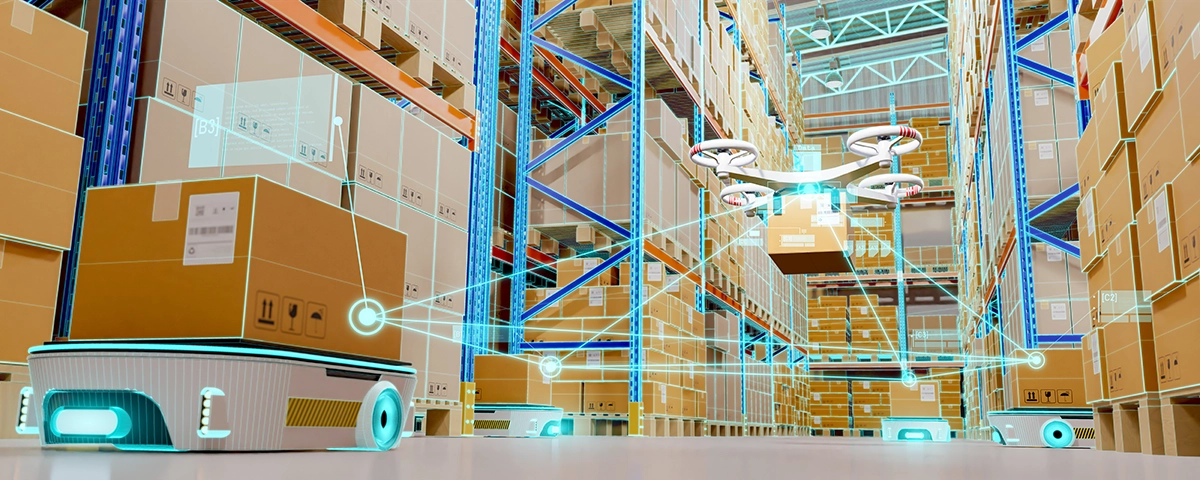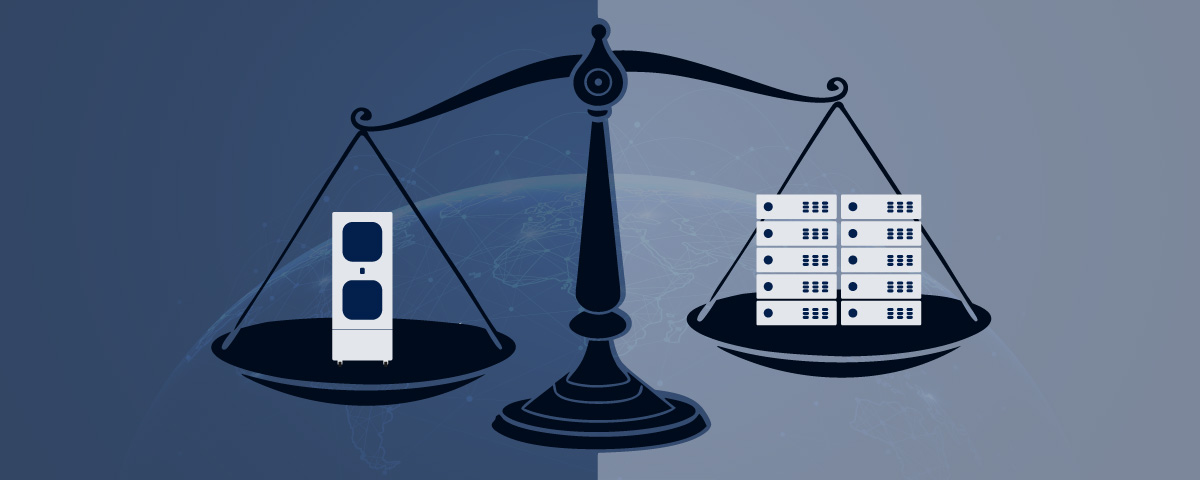The data industry has undergone a massive transformation over the past few years. There are many reasons for this, including technological advancements and – that all-encompassing beast of blame — Covid-19.
Pandemic aside, the world has never before needed the amount of data storage that it does today. Investments in improvement are soaring as our requirements continue to increase. So what’s trending now and what lies ahead? The following discusses four of the biggest impacts that are set to revolutionise data capacity in the short to medium term.
From Sustainability to Edge Connectivity: 4 critical data advancements
As we rely more and more on connectivity and the virtual world, so the need to adapt data storage to fit in with 21st-century needs is changing. The key trends here are:
- Sustainable data centres.
- Hyperscale data centres.
- Data localisation.
- Edge data centres.
Sustainable data centres
Every company and individual has a responsibility to reduce their environmental impact. The data industry is no different and, in a field that’s renowned for consuming enormous amounts of non-renewables, is rightfully being addressed.
Reducing water and power consumption is key – something that’s being managed in a variety of ways, such as:
- Using cloud data centres: These require fewer servers and are usually located at a reasonably close location to power facilities. This reduces the need to move energy across great distances.
- Utilising emerging tech: Such as AI (artificial intelligence) & ML (machine learning) to reduce power and water requirements.
- Public cloud data centres: These can store data from multiple companies, reducing the need for traditional, on-site server rooms that are expensive to run, in both monetary and energy consumption terms.
Hyperscale data centres
Old-school data centres are no longer adequate for the amount of storage required. Racks of units with little ability to increase scale or flex according to demand are being phased out, and hyperscale facilities are taking over. These are enormous centres that use the latest tech to allow multiple servers to work together. They do so at incredible speed, culminating in a data centre that can scale as necessary in both the horizontal and vertical planes.
Data localisation
This is about restricting the flow of data between countries. Many territories have made it mandatory that user-sensitive data is stored within their borders, rather than anywhere else in the world. This is increasing the need for local data centres across the globe – and is something that’s only set to increase.
Edge data centres
Although it comes at the bottom of this list, it’s by no means any less important than the rest. Our need for edge computing is still in its infancy. But as our penchant for smart devices, ML and AI increases, so too does the need for data storage close to the action. Edge connectivity is vital to reduce latency and ensure instant reaction. There’s virtually no industry that isn’t benefitting from edge capability, from medical to communications, farming to transportation, the need is increasing daily.
One of the biggest trends right now is that of the micro data centre (MDC) – small, portable and scalable units that can be placed pretty much anywhere, even in remote locations with poor infrastructure. They can work as standalone units, in combination with others to create a data storage facility of any size to suit requirements, or in conjunction with sending any necessary data further afield to a larger storage facility.
These are but a few of the on-trend technologies that are evolving in the data storage industry. With the aim of increasing capacity in conjunction with improving sustainability (and reducing costs), future trends will build upon what we’re seeing become a reality today.
Looking ahead, enterprises should consider adding the use of micro data centres to their IT architectures to address sustainability, edge connectivity and data localisation issues. Affordability, combined with the simple means to increase capacity when required by adding another unit (or units), means that SMEs can embrace the technology as easily as a multi-national corporation.





